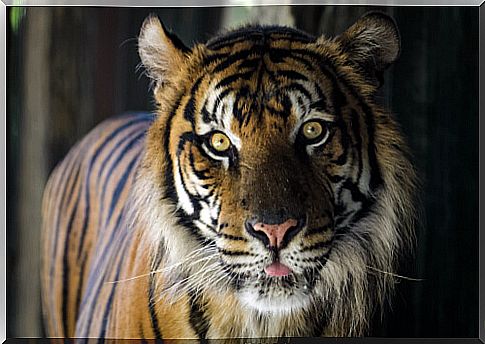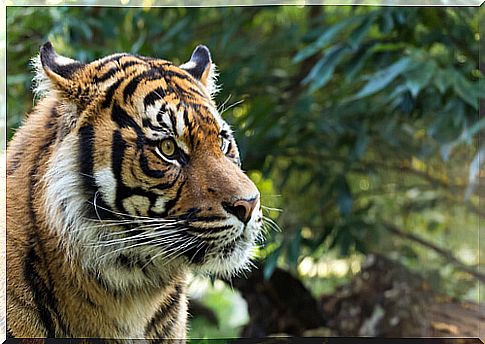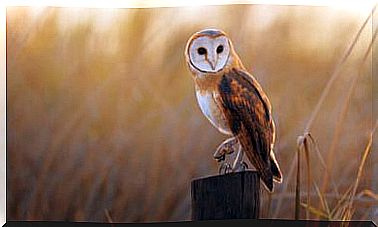Tiger Trafficking Emerges In Europe

Tiger and body part trafficking is a well-known problem in Asia, but new research over five years has brought to the fore what appears to be a tiger trafficking scheme in Europe.
An investigation across Europe
The find has occurred in the Czech Republic, and it seems to reveal that animals endangered by oriental medicine are not only bred for their bones and skins in Asia : also in central Europe.
About five years ago European customs authorities began to find evidence of tiger trafficking in Europe : bones in the van of a Vietnamese citizen, skeletons hidden between loudspeakers or wine made from these followed one another. The destination was cities like the Vietnamese capital of Hanoi, and the origin pointed to the Czech territory.
That is why in 2015 an inspection of the captive population of tigers that inhabited the Czech Republic was carried out. Keeping this species outside zoos or sanctuaries is legal in many places in Europe, but in the case of the Czech Republic, births, deaths, movement and sale of animals are recorded.
The inspection led Czech officials to strange conclusions: in many centers there were animals that were listed in various exports, and some even appeared to have disappeared. One of the most curious data was to verify that in these centers where tigers were raised, the animals reached a life expectancy of just five years, while the normal life expectancy in a zoo or in a sanctuary is more than 20 years.

Tiger trafficking in Europe: circuses and selfies
The investigation led to Ludvík Berousek, a well-known breeder and circus character in the country, whose activity is based on raising tigers for circuses, shows and for centers that use tigers for people to touch and take photos.
Thus, and after years of investigation, Berousek’s involvement was discovered: he was selling his tigers together with a Czech taxidermist and a trafficker from Vietnam. While Berousek raised the tigers, the taxidermist cut them up after slaughtering them.
Tiger trafficking in Europe: why are they worth so much?
What many wonder about tiger trafficking is the value of these animals: the tigers were shot in an area where their skin was not damaged, to be able to sell it for up to 4000 euros. The animal was cut up, its claws sold at 100 euros each and the broth made from its meat at 60 euros per gram.
Broth made from tiger nuts is believed to strengthen bones and relieve arthritis, which is obviously not supported by any scientific basis. After all this process, the bones remain: with them wine is macerated that can approach 400 euros a bottle. The entire animal is exploited.

Tiger trafficking in Europe could affect other countries
Those responsible fear that the plot that surrounds these animals is even greater and affects other countries in Europe. While products related to tiger trafficking were emerging, so did zoos and small private centers, known as “ kontaktni zoos ”, which could be translated as “contact zoos”.
Researchers suspect that baby tigers, lions and other animals that are allowed to cradle and with which we can take photos fuel this traffic when they are adults. Before they are mature they can be used in circuses or for people to take pictures with them, but after this they are too dangerous, so they would be worth more alive than dead.
Those responsible for the investigation warn that the trade and possession of tigers and other felines must have greater control in Europe to guarantee the well-being of this species and its trade as false medicine. It becomes especially important in countries like Spain, the door to illegal animal trafficking in Europe.
When in doubt, experts recommend not participating in direct interactions with big cats, even if they are young. These activities do not promote conservation; on the contrary, they encourage the appearance of possible covers to the tiger trade in Europe. Similarly, circuses with animals, increasingly prohibited, should be avoided if we love animals.









